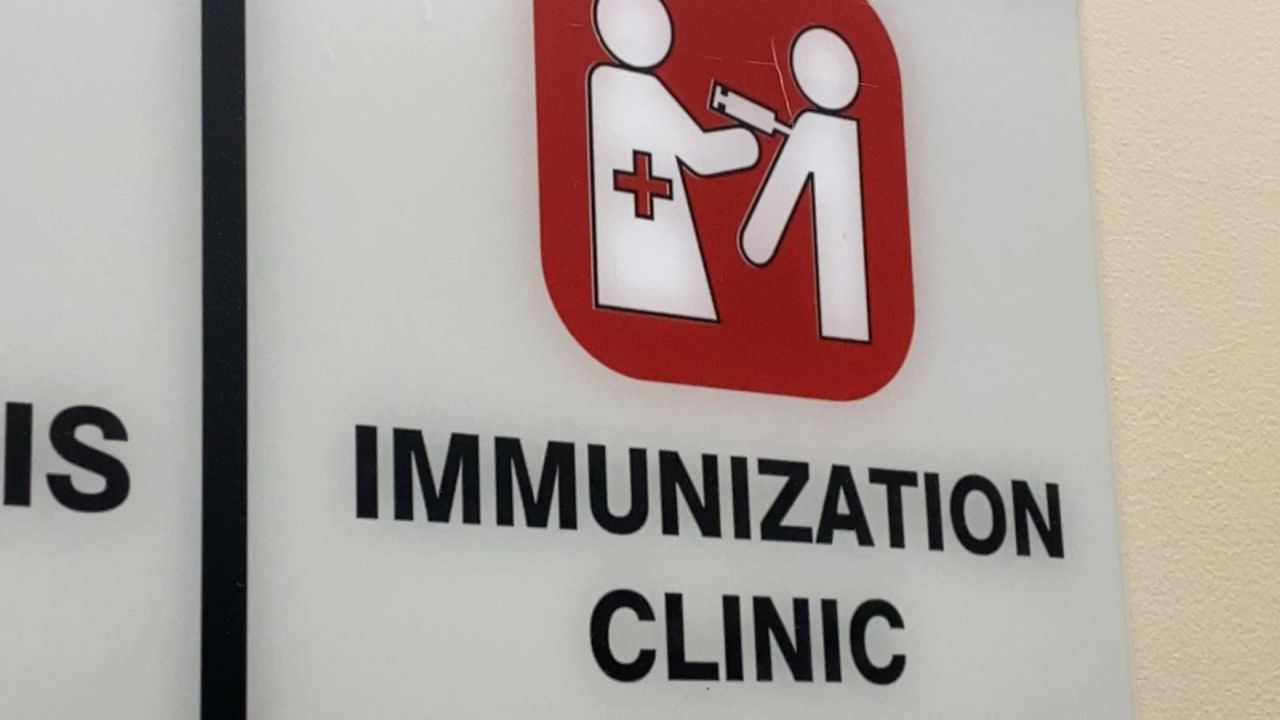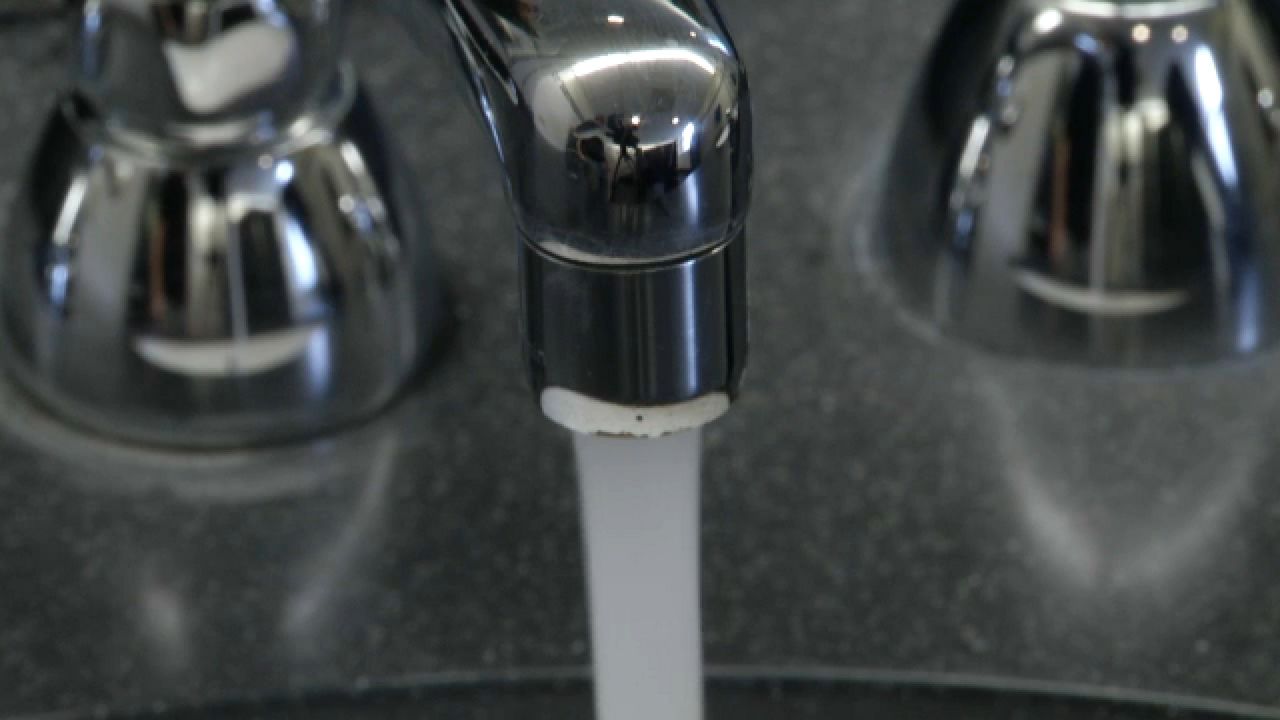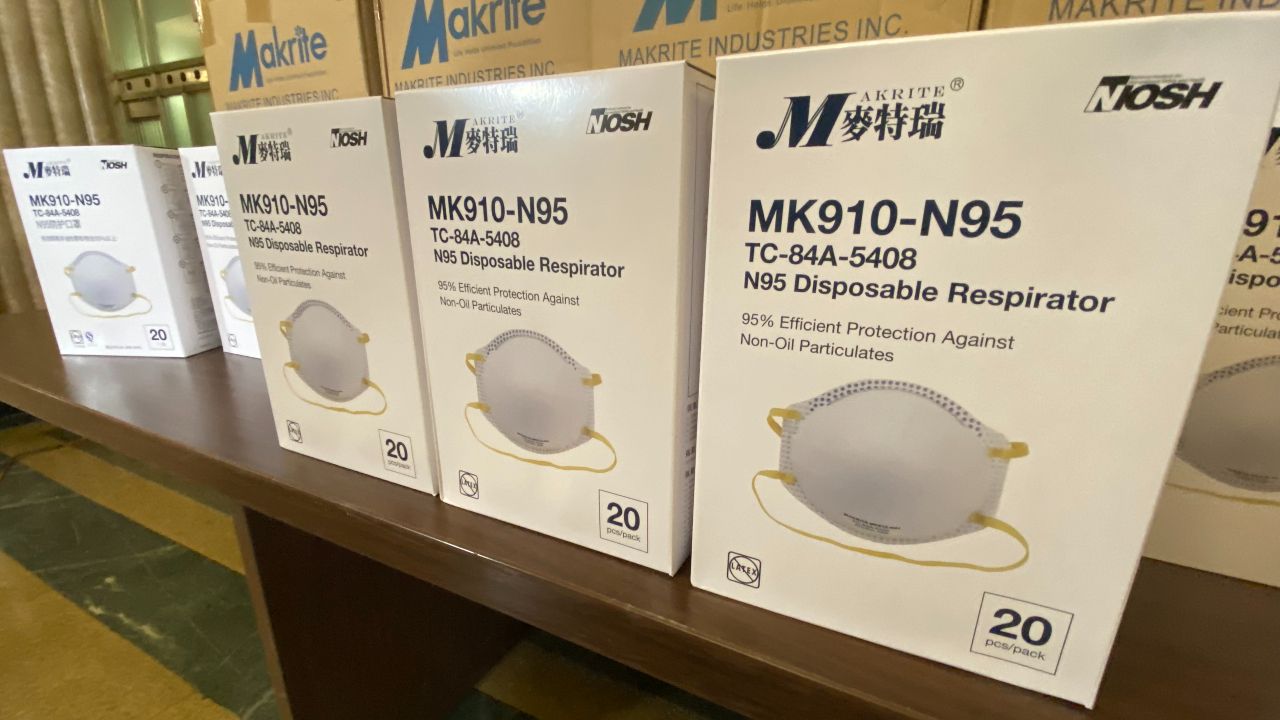We’re officially in a new era of the Supplemental Nutrition Assistance Program, also known as SNAP. The benefits have gone back to pre-pandemic levels, leaving many families across the Empire State needing more.
It’s important to note that the SNAP program was never designed to sustain a household by itself, however, with all of the difficulties people have endured over the last three years, it's understandable that the drop in support is hard for some families.
"Since the pandemic, we've seen more people that are struggling with the ability to pay their rent," said Karen Rybicki, first deputy commissioner for Erie County Social Services. "We've seen increases in prices of housing, increases in prices and food."
That means more work for social services offices on all levels across New York and the country.
"So we have seen an increase in the number of households that have applied for programs," Rybicki said.
Across the U.S., 38 million people have met the need for SNAP, applied and received benefits in 2019 alone. The need of those utilizing the program growing, as is the diversity in the backgrounds of those seeking assistance.
"A lot of the folks that receive Supplemental Nutrition Assistance Programs are working families," said Rybicki. "I would encourage anyone who thinks that they may need additional assistance or that they may be eligible for the programs to file an application."
Over the years it has become easier to apply. Gone are the days when people had to stand in line at the social services office.
"If you want to go online at 3 o'clock in the morning and screen yourself or file an application, you certainly can do that," said Rybicki.
People from all walks of life need the help and it’s becoming more of the norm for thousands in New York.
"That stigma has been removed," said Rybicki. "Now most people, or a lot of people I should say, shop with a debit card or credit card and EBT card. Nobody — the person behind you in line doesn't necessarily know what you're paying for your groceries with."
With SNAP being cut dramatically, people will now need to look at food banks and community pantries. Those hurting in other areas can look into affordable connectivity, home energy assistance and other programs where financial aid across the board can help the greater need because SNAP was always a piece of the puzzle.
"The Food Stamp Program is a supplemental program. It's not designed to provide 100% of the food needs for a household," said Rybikci. "So folks need to look at that."
Despite the available assistance, a serious need remains.
"We had food insecurity in our community prior to the pandemic and we have food insecurity after the pandemic," Rybicki said.
There is additional help available.
"Sure, I mean there's a lot of programs that are available to help households," Rybicki added.
The decision to pay your rent, have internet or feed your family is a choice that many families have had to make. A great resource in the Empire State is 211, where anything from SNAP to other financial aid programs can get people out of that spot with some effort.
Many of the programs available are federally or state-regulated, but are locally or regionally operated. The more local a contact you can find, the more info you’ll get on a given program.
More information about SNAP services can be found here.










